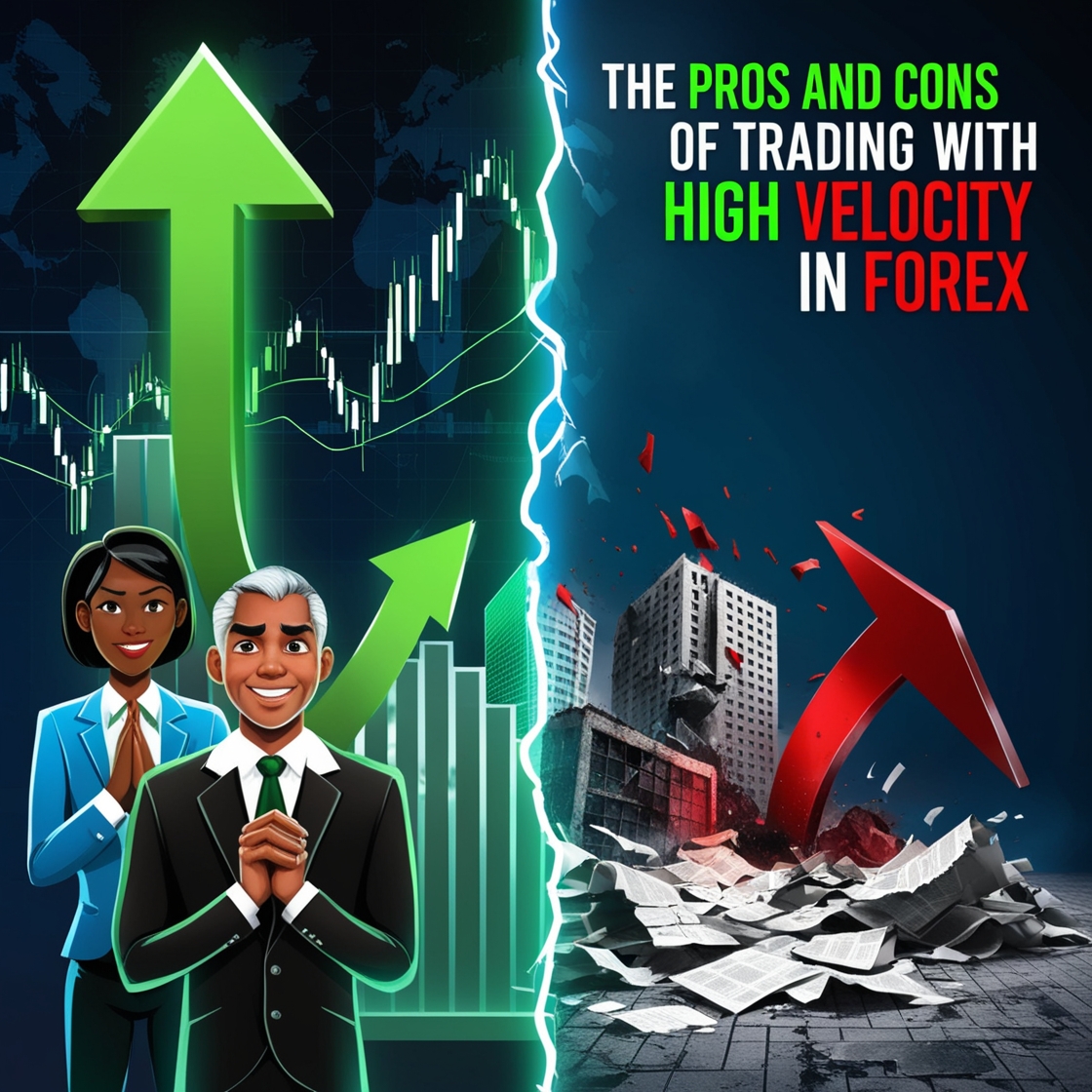Introduction
In the fast-paced world of Forex trading, high-velocity trading is a strategy that’s gaining immense popularity. Why? It promises quick returns by capitalizing on rapid price movements. But it’s not all sunshine and rainbows—this approach has its fair share of challenges. Let’s dive deeper to understand the pros and cons of trading with high velocity in Forex and decide whether it’s worth your time and effort.
Understanding High-Velocity Trading
What Is High-Velocity Trading?
High-velocity trading refers to executing multiple trades within short timeframes to take advantage of small price fluctuations. This could mean opening and closing trades within seconds, minutes, or hours.
Key Features of High-Velocity Forex Trading
- Frequency: Multiple trades in a single day.
- Precision: Relies on technical analysis and algorithms.
- Speed: Requires lightning-fast execution.
The Pros of High-Velocity Trading
Potential for Quick Profits
High-velocity trading allows traders to seize opportunities in volatile markets. A single price spike can yield significant returns if timed right.
High Liquidity
Forex is the most liquid market in the world, and high-velocity trading thrives in such environments. This ensures you can enter and exit trades almost instantly.
Flexibility and Scalability
You can adjust your trading strategy based on current market conditions. This adaptability is a key advantage of high-velocity trading.
Technological Advancements
Trading platforms and automated tools make high-velocity trading more efficient. From algorithmic trading to real-time analytics, technology empowers traders to stay ahead.
The Cons of High-Velocity Trading
High-Risk Nature
The Forex market’s volatility is a double-edged sword. While it presents opportunities, it also exposes traders to rapid losses.
Emotional and Mental Stress
Constantly monitoring charts and making split-second decisions can be exhausting. This pressure often leads to burnout.
Need for Advanced Knowledge
High-velocity trading isn’t beginner-friendly. It demands a deep understanding of technical indicators, market trends, and risk management.
High Transaction Costs
Frequent trading means paying more in spreads and commissions, which can eat into your profits.
Strategies for Success in High-Velocity Trading
Using Risk Management Tools
Implement stop-loss and take-profit levels to safeguard your trades. These tools are non-negotiable in high-velocity trading.
Leveraging Technology Wisely
Automated trading systems can execute trades faster and more accurately than humans. However, over-reliance can be risky.
Staying Educated on Market Trends
The Forex market is ever-evolving. Keeping up with trends ensures you stay competitive.
High-Velocity Trading vs. Other Forex Strategies
High-velocity trading focuses on short-term gains, unlike swing or position trading, which aim for profits over weeks or months. While high-velocity trading offers immediate rewards, it’s also more stressful and risk-intensive.
Who Should Consider High-Velocity Trading?
This strategy suits traders with:
- Advanced technical skills.
- Access to robust trading platforms.
- A high risk tolerance.
Common Mistakes in High-Velocity Trading
- Overtrading: Trying to force trades in unfavorable conditions.
- Ignoring risk management: Over-leveraging is a recipe for disaster.
- Neglecting emotional discipline: Trading on impulse often leads to losses.
Conclusion
High-velocity trading in Forex is a high-reward, high-risk endeavor. It offers flexibility, quick profits, and scalability but demands skill, discipline, and mental fortitude. Weigh the pros and cons before diving in, and remember: preparation is the key to success.
FAQs
- What tools are essential for high-velocity trading?
Advanced charting software, automated trading systems, and high-speed internet are critical. - Can high-velocity trading be profitable in the long term?
Yes, but only with robust risk management and consistent strategies. - How much capital is required to start high-velocity Forex trading?
While you can start small, a larger capital base provides more flexibility. - Is high-velocity trading suitable for beginners?
Not recommended due to its complexity and high risk. - How can I minimize risks while trading at high velocity?
Use stop-loss orders, limit leverage, and avoid overtrading.
